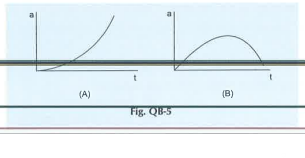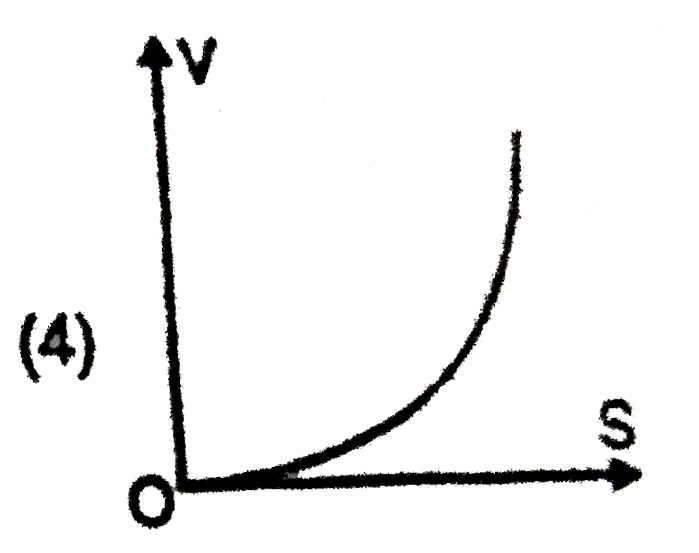Text Solution
Verified by Experts
The correct Answer is:
|
Topper's Solved these Questions
MEASUREMENTS
HC VERMA|Exercise QUESTION BANK |2 VideosView PlaylistSOUND
HC VERMA|Exercise QUESTION BANK |18 VideosView Playlist
Similar Questions
Explore conceptually related problems
Knowledge Check
Similar Questions
Explore conceptually related problems
HC VERMA-QUESTION BANK-QUESTION BANK
- Two particles, A and B, move along the same straight line. At t=0, the...
Text Solution
|
Playing Now - Two particles, A and B, move along the same straight line. At t=0, the...
Text Solution
|
Play - Two particles, A and B, move along the same straight line. At t=0, the...
Text Solution
|
Play - Two particles, A and B, move along the same straight line. At t=0, the...
Text Solution
|
Play - Two particles, A and B, move along the same straight line. At t=0, the...
Text Solution
|
Play - Two particles, A and B, move along the same straight line. At t=0, the...
Text Solution
|
Play - Which statement is correct ?
Text Solution
|
Play - Two trains are moving at speeds 80 km/h and 100 km/h on parallel track...
Text Solution
|
Play - A particle is moving along a straight line.
Text Solution
|
Play - The distance-time graph of a particle moving along a curved path is a ...
Text Solution
|
Play - Look at the given distance -time graph of an object .
Text Solution
|
Play - A particle moves along a straight line. Its velocity and speed are den...
Text Solution
|
Play - Three forces act on a particle and keep ai at rest. It is possible to ...
Text Solution
|
Play - Which of the following is a contact force ?
Text Solution
|
Play - Normal force always acts
Text Solution
|
Play - A heavy ball is dropped from a height on a pile of sand. After falling...
Text Solution
|
Play - Consider a cylindrical rod immersed in water in a vertical position. T...
Text Solution
|
Play - To open the door of a room, you push on the handle, and to close it yo...
Text Solution
|
Play - A sound wave is generated due to a vibrating tuning fork. The separati...
Text Solution
|
Play - The amplitude of density variation corresponding to a sound wave is 1 ...
Text Solution
|
Play




